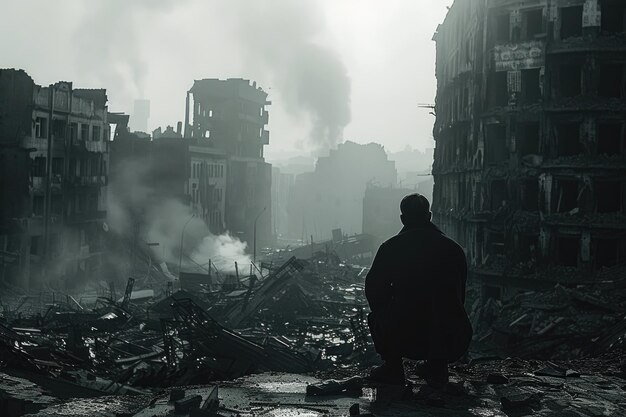Genocide is the deliberate and systematic extermination of a particular group of people based on their ethnicity, religion, or nationality. It includes mass killings, forced displacement, and other acts aimed at destroying the targeted group.
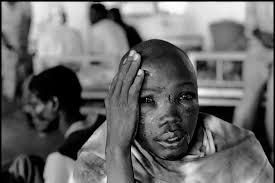
The Rwandan Genocide
A mass slaughter that took place in Rwanda over a span of approximately 100 days, from April to July 1994. During this period, an estimated 8,00,000 to 10,00,000 Tutsis and moderate Hutus were systematically murdered by extremists Hutu forces.
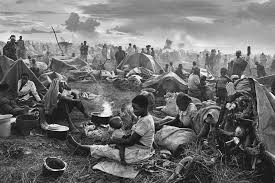 The genocide was precipitated by longstanding ethnic tensions between the Hutu majority and the Tutsi minority. The immediate trigger was the assassination of President Juvénal Habyariman, a Hutu, which ignited the extremist campaign against the Tutsi population. This genocide involved widespread atrocities, including mass killings, sexual violence, and the use of radio propaganda to incite violence.
The genocide was precipitated by longstanding ethnic tensions between the Hutu majority and the Tutsi minority. The immediate trigger was the assassination of President Juvénal Habyariman, a Hutu, which ignited the extremist campaign against the Tutsi population. This genocide involved widespread atrocities, including mass killings, sexual violence, and the use of radio propaganda to incite violence.
The Genocide ended when the Tutsi-led Rwandan Patriotic Front, led by Paul Kagme, defeated the genocidal forces and took control of the country.
The Cambodian Genocide
This genocide occurred between 1975 and 1979 under the Khmer Rouge regime led by Pol Pot. The Khmer Rouge, a communist group, sought to transform Cambodia into a classless agrarian society. This radical transformation led to widespread atrocities.
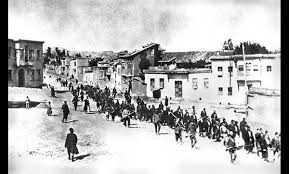 During this period, an estimated 1.7 to 2 million people about a quarter of Cambodia’s population died due to execution, forced labor, starvation, and inadequate medical care. The regime targeted perceived enemies, including intellectuals, professionals, religious groups, and ethnic minorities.
During this period, an estimated 1.7 to 2 million people about a quarter of Cambodia’s population died due to execution, forced labor, starvation, and inadequate medical care. The regime targeted perceived enemies, including intellectuals, professionals, religious groups, and ethnic minorities.

Mao Tse-tung
On October 1, 1949 marked Mao Tse-tung’s proclamation of the People’s Republic of China. The Chinese Communist Party launched numerous movements to systematically destroy the traditional Chinese social and political system. One of Mao’s major goals was the total collectivization of the peasants.
In 1958, he launched the “Great Leap Forward” campaign. This act was aimed at accomplishing economic and technical development of the country at a faster pace and with greater results. Instead, the “Great Leap Forward” destroyed the agricultural system, causing a terrible famine in which 27 million people starved to death.
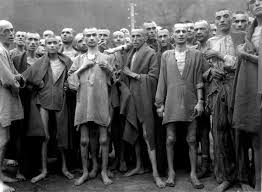
The Holocaust
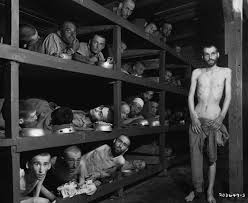 The darkest chapter of human history began in 1941, as Adolf Hitler and his Nazi regime cast a sinister shadow over Europe. Hitler and his Nazi followers attempted to exterminate the entire Jewish population of Europe. The Holocaust took the lives of close to six million Jews during the World War II era.
The darkest chapter of human history began in 1941, as Adolf Hitler and his Nazi regime cast a sinister shadow over Europe. Hitler and his Nazi followers attempted to exterminate the entire Jewish population of Europe. The Holocaust took the lives of close to six million Jews during the World War II era.
Families were torn apart. Innocent men, women, and children were herded into grim camps like Sobibor. Gas chambers, disguised as showers, became the final destination for many. Those who survived the initial selections faced brutal forced labor, starvation, and disease.
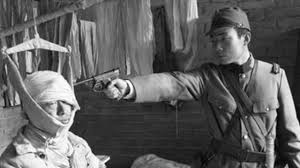
Nanking
In December 1937, the Japanese Imperial Army marched into China’s capital city of Nanking and proceeded to murder 3,00,000 out of 6,00,000 civilians and soldiers in the city. After just four days of fighting, Japanese troops smashed into the city with orders issued to “Kill all captives.” The terrible violence-citywide burnings, stabbings, drownings, sexual harassment, and thefts – did not cease for about six weeks. It is for the crimes against the women of Nanking that this tragedy is most notorious. The Japanese troops sexually harassed over 20,000 women, most of whom were murdered thereafter so they could never bear witness.
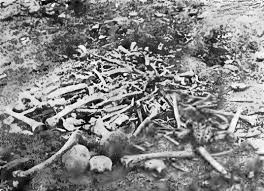
The Armenian Genocide
 This was carried out by the “Young Turk” government of the Ottoman Empire from 1915 to 1918. Armanians in the Ottoman armies, serving separately in unarmed labor battalions, were removed and murdered. Of the remaining population, the adult and teenage males were separated from the deportation carvans and killed under the direction of Young Turk functionaries. Women and children were driven for months over mountains and desert, often assaulted, tortured, and mutilated. Deprived of food and water, they fell by the hundreds of thousands along the routes to the desert. Ultimately, more than half the Armenian population almost 15,00,000 people was annihilated.
This was carried out by the “Young Turk” government of the Ottoman Empire from 1915 to 1918. Armanians in the Ottoman armies, serving separately in unarmed labor battalions, were removed and murdered. Of the remaining population, the adult and teenage males were separated from the deportation carvans and killed under the direction of Young Turk functionaries. Women and children were driven for months over mountains and desert, often assaulted, tortured, and mutilated. Deprived of food and water, they fell by the hundreds of thousands along the routes to the desert. Ultimately, more than half the Armenian population almost 15,00,000 people was annihilated.
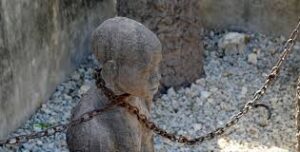
The Transatlantic Slave Trade
In the late 15th to the early 19th centuries, was a forced migration of millions of Africans to the Americas. It involved European traders transporting enslaved African across the Atlantic Ocean to work primarily on plantations producing sugar, tobacco, and cotton.
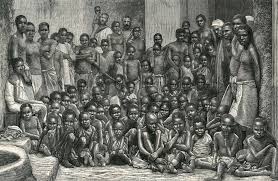 The trade was a brutal and inhumane system where Africans were captured, sold, and transported under horrific conditions. This trade had profound and long-lasting effects on African societies, and global history. About 2 million victims died on the Atlantic voyage and in the first year in the America.
The trade was a brutal and inhumane system where Africans were captured, sold, and transported under horrific conditions. This trade had profound and long-lasting effects on African societies, and global history. About 2 million victims died on the Atlantic voyage and in the first year in the America.
For more such interesting and informative, click on the link given below.
